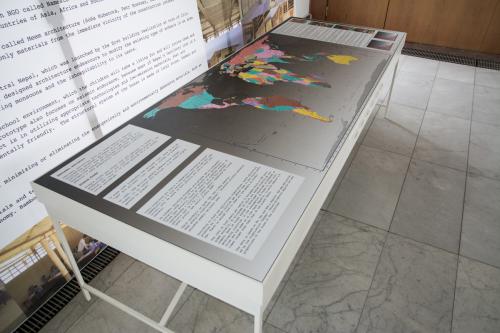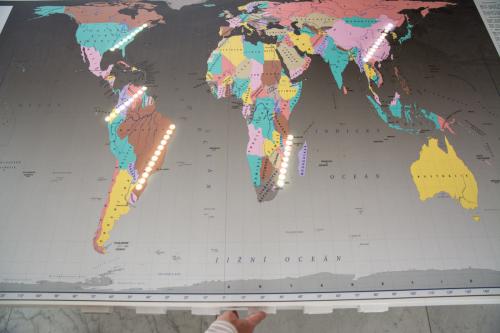How to do it step by step
1st Step:
Gathering information
In the beginning, we had to gather information about staple foods in order to draft the texts. Therefore, we undertook research and then wrote the texts. The texts are placed next to the table for visitors to read.
2nd Step:
Preparing for production
We negotiated with the NGO NaZemi, who gave us the map for free. After that, we searched for someone to make the interactive table and were recommended certain companies by the museum.
3rd Step:
Making the table
We came to an agreement with the company, explained our needs and negotiated over the design. The whole production process took about three weeks.
4th Step:
Installing it in the museum
The interactive table was installed a few days before the exhibition’s inauguration. It was placed in an exhibition hall on the fourth floor of the museum.




















